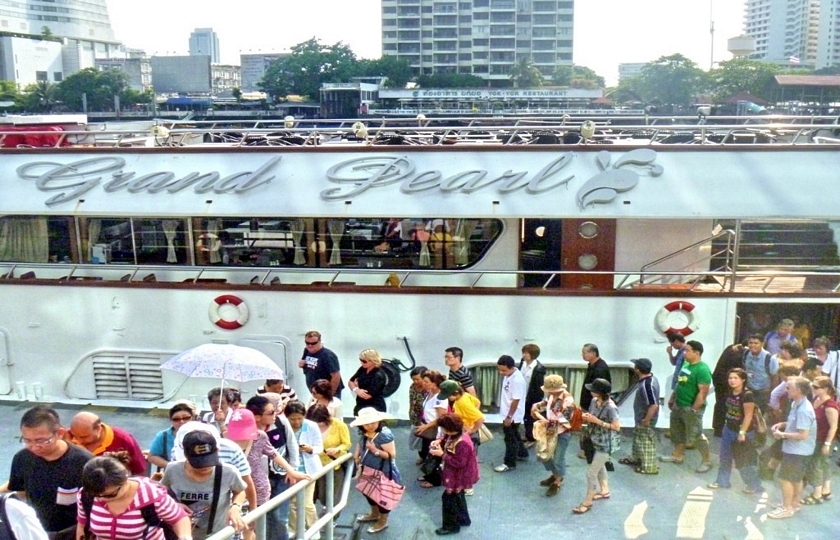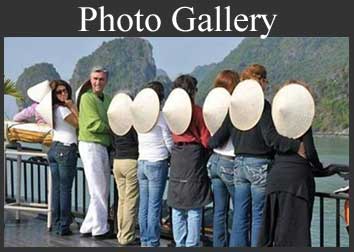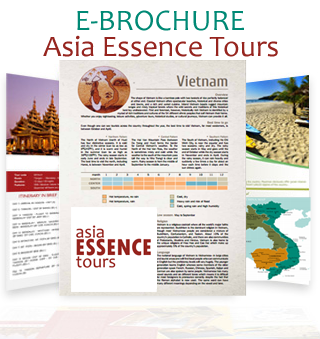Wat Chaiwatthanaram
Constructed in 1630 by King Prasat Thong for his aging mother, Wat Chaiwatthanaram is undoubtedly the most beautiful temple in Ayutthaya. The 13 Khmer style pagodas, the serene ancient Buddha statues and the ruins of the ancient walls all convey the former glory of the temple.
Wat Chaiwatthanaram is one of the most eminent Buddhist temples around the city of Ayutthaya, Thailand. The site was once left unattended for some while before, but has been restored and opened to the public now.
Wat Chaiwatthanaram was erected by the King Prasat Thong back around the early 17th century, in the purpose of commemorating his deceased mother, since the site was her former dwelling and the place where he grew up, although that there is another credible saying stating that the king built the structure to celebrate his victory over the Khmer army. The temple is located on the western bank of the Chao Phraya River, to the southwest of the old part of the Ayutthaya, outside the Historic City of Ayutthaya, the world-renowned UNESCO World Heritage Site.
Wat Chaiwatthanaram is of the traditional and classic Khmer architectural style, which was dominating at the time. The one gargantuan pagoda towering 35 meters in the heart of the complex, similar to other contemporary major religious buildings in Thailand, is symbolizing the Mount Meru, the sacred mountain in Hinduism and Buddhism. Four smaller pagodas are standing on four corners around the main one, while eight even smaller pagodas are standing along an even bigger outer circle. Among these 13 pagodas, as many as 120 sitting Buddha statues are scattered over the ground, and another 12 bigger Buddha statues are sitting within the inner circle. The whole layout is strictly symmetric on all angles, which is one of the most distinctive and fascinating feature of the religious buildings of the time around the area.
Although most of the Buddha statues were tragically destroyed, mostly headless, Wat Chaiwatthanaram remains as one of the most favorable scene for pictures among professional photographers and the amateurs. The imposing relic on site goes well under the backdrop of either bluish, clear sky, or the golden setting sun, or the powerful lighting lit on during the nights.


.jpg)
.jpg)

.jpg)
.jpg)
.jpg)




